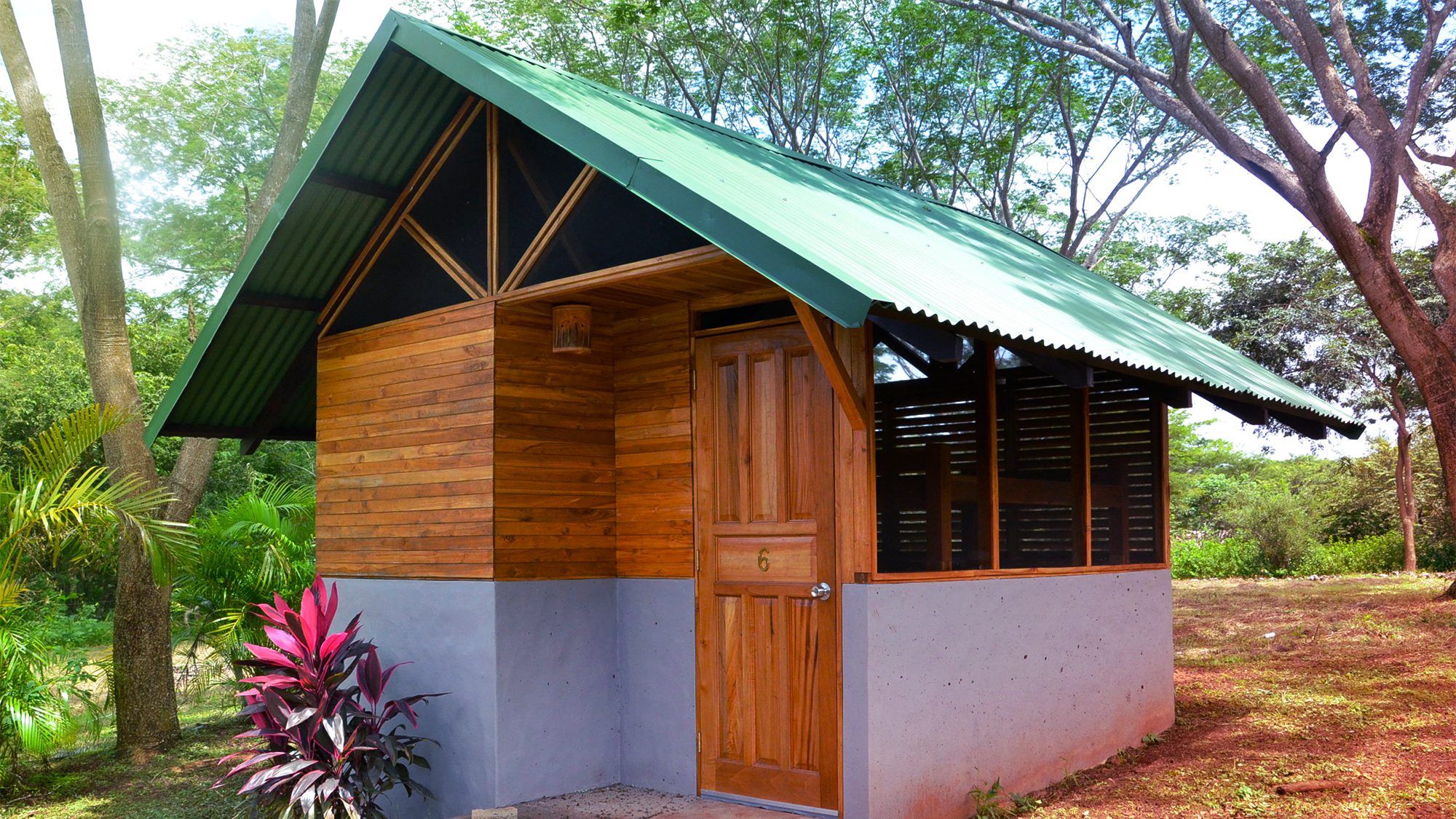
emilystarbuck/Getty Images
Shannon McMillan Thompson has moved a dozen times over the past several years. Now she’s prepping for what she hopes will be her last move for a long while—into a tiny house.
When the pandemic hit, Thompson lost her job taking care of a homebound elderly couple, whose relatives decided to take over their care. And since Thompson was living in an apartment off the couple’s home, the loss of her job also meant she needed to find a new place to live.
Trying to make the best out of a lousy situation, she decided to take a leap she’s considered for several years. She’s buying a tiny home, which she plans to park on a piece of land owned by a friend.
“I like the low overhead, mobility, and using everything I have,” Thompson says. “I want to move forward. I want to travel.”
The pandemic that has swept around the world has motivated many Americans, like Thompson, to get out of dense and crowded cities and head for the hinterlands, where little effort is needed to stay more than 6 feet away from other people.
As unemployment ripples through the economy and even the employed fear for their financial stability, it looks like tiny-house living is ready to shift from an HGTV novelty to a lifestyle that more buyers might truly consider.
With demand on the rise, a key question is whether the tiny-house industry can ramp up to satisfy consumers in search of a small retreat.
Thompson is pulling together the money to fund the construction of her tiny house, so she called an expert for advice on her project.
If you want to know about tiny homes, John Kernohan is the guy to call. The founder and chair of the United Tiny House Association, he also owns and operates the Beloved Cabin Homestead Community of tiny homes in Georgia.
He also organizes tiny show events, workshops, and festivals to connect the industry with people who are considering living on a much smaller footprint.
Escape to tiny homes
Kernohan told us he’s seen an uptick in inquiries like Thompson’s since the coronavirus outbreak began to spread across the United States this spring.
He added that Beloved Cabin Homestead is booked up for the foreseeable future, and that there’s a backlog of people looking for a spot to park their own tiny home.
He says there’s a common theme behind these inquiries: “Individuals [want to] get away from larger, populated areas.”
Since widespread stay-at-home orders meant to limit the spread of the coronavirus, people have fled densely populated areas like New York City and Los Angeles for more remote locations.
Some popular retreats have put restrictions in place to keep out anyone who isn’t a full-time resident, including tony beach towns in the Hamptons, outside New York City.
Tiny homes can be DIY affairs, or a buyer can choose professional-grade construction. The United Tiny House Instagram feed is filled with images of innovative, cozy, and beautiful spaces on four wheels, up in a tree, or in any other number of adventurous places.
https://www.instagram.com/p/B_U8lGoJGiY/?utm_source=ig_web_copy_link
Demand on the rise
Texas-based tiny home builder Andrew Pleban says it’s tough to keep up with nationwide demand—after all, there was a housing shortage even before the health crisis.
His company, American Tiny House, is currently constructing more than 1,000 tiny homes for planned tiny-home communities around Texas, the largest of which is a 6-acre tiny-house oasis outside Dallas.
“That’s just in Texas, they’re popping up everywhere,” he says. “I work from 7 a.m. to midnight.”
Boomers drive the tiny house boom
Pleban says there’s a common misconception out there that tiny homes are mostly sought after by adventure-seeking millennials. He told us it’s actually older folks and retirees who make up the bulk of his customers.
“I get calls all the time from producers from tiny house [television] shows looking for people to feature,” he says.
“But they want eye candy, young people. Most of my customers are baby boomers who want to downsize.”
Once their nests are empty, boomers yearn for the simplicity of going small—and want to avoid an onerous monthly mortgage payment.
One of Pleban’s most popular models is the Phoenix, a tiny home with a modern design and 256 square feet of living space. It could easily work as a vacation spot ideal for keeping proper distance or as a year-round residence, thanks to its insulation.
American Tiny House
Tiny-house financing
However, according to Pleban, there’s one major hurdle holding back further expansion of the tiny-house concept. While they’re less pricey than traditional homes, it’s difficult—if not impossible—to get a mortgage for a tiny home through a bank or credit union.
To alleviate that headache and propel the industry forward, Pleban is working with investors to launch a national financing infrastructure that will make loans more readily available to potential tiny-home owners. He hopes to have it off the ground in the next few weeks, which could make this option even more appealing to buyers.
After all, like Thompson, we’re all just looking for a way to move forward. And for a growing number of Americans, living with less might just be the best way to do it.
https://www.instagram.com/p/B2M-bDCBLgn/?utm_source=ig_web_copy_link
The post Tiny-House Revolution Redux—Will the Pandemic Drive Demand for Affordable Homes Without Shared Spaces? appeared first on Real Estate News & Insights | realtor.com®.
source https://www.realtor.com/news/trends/tiny-house-revolution-redux-will-pandemic-drive-demand-tiny-homes/
No comments:
Post a Comment